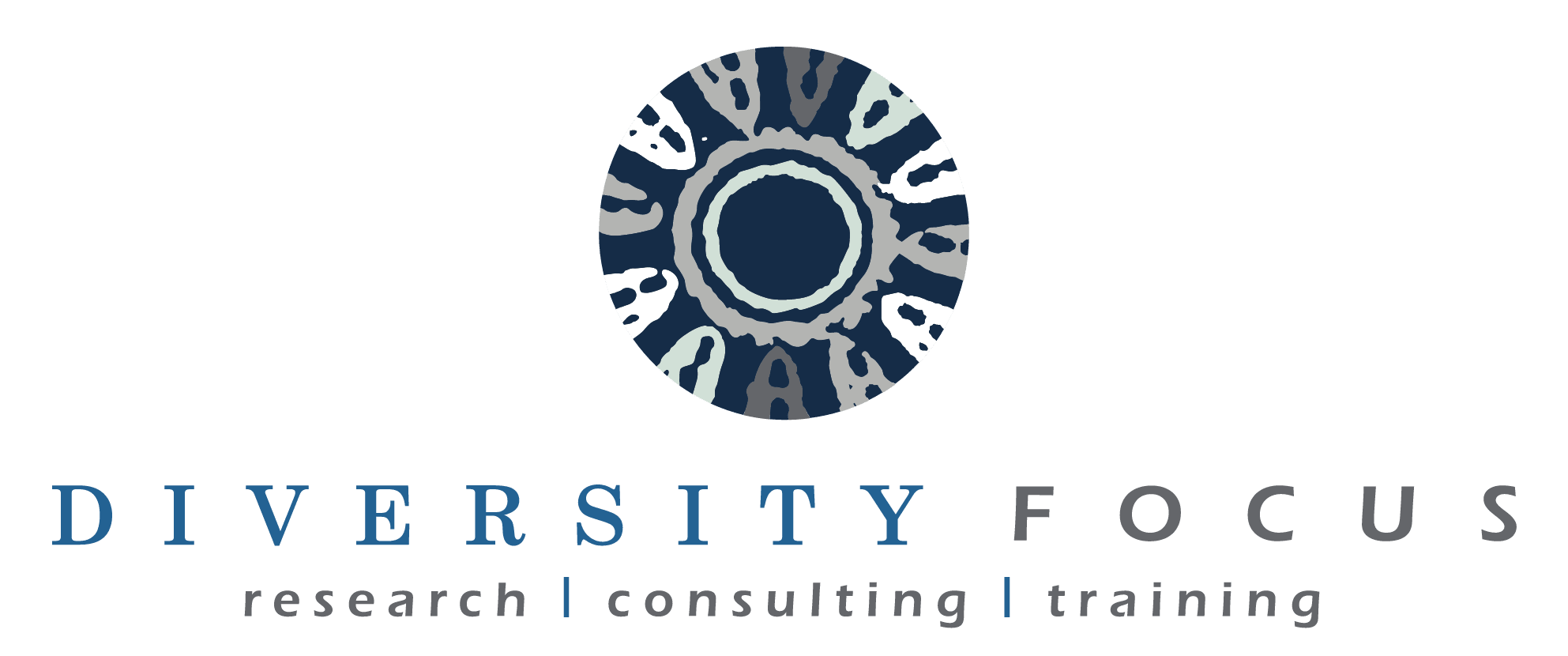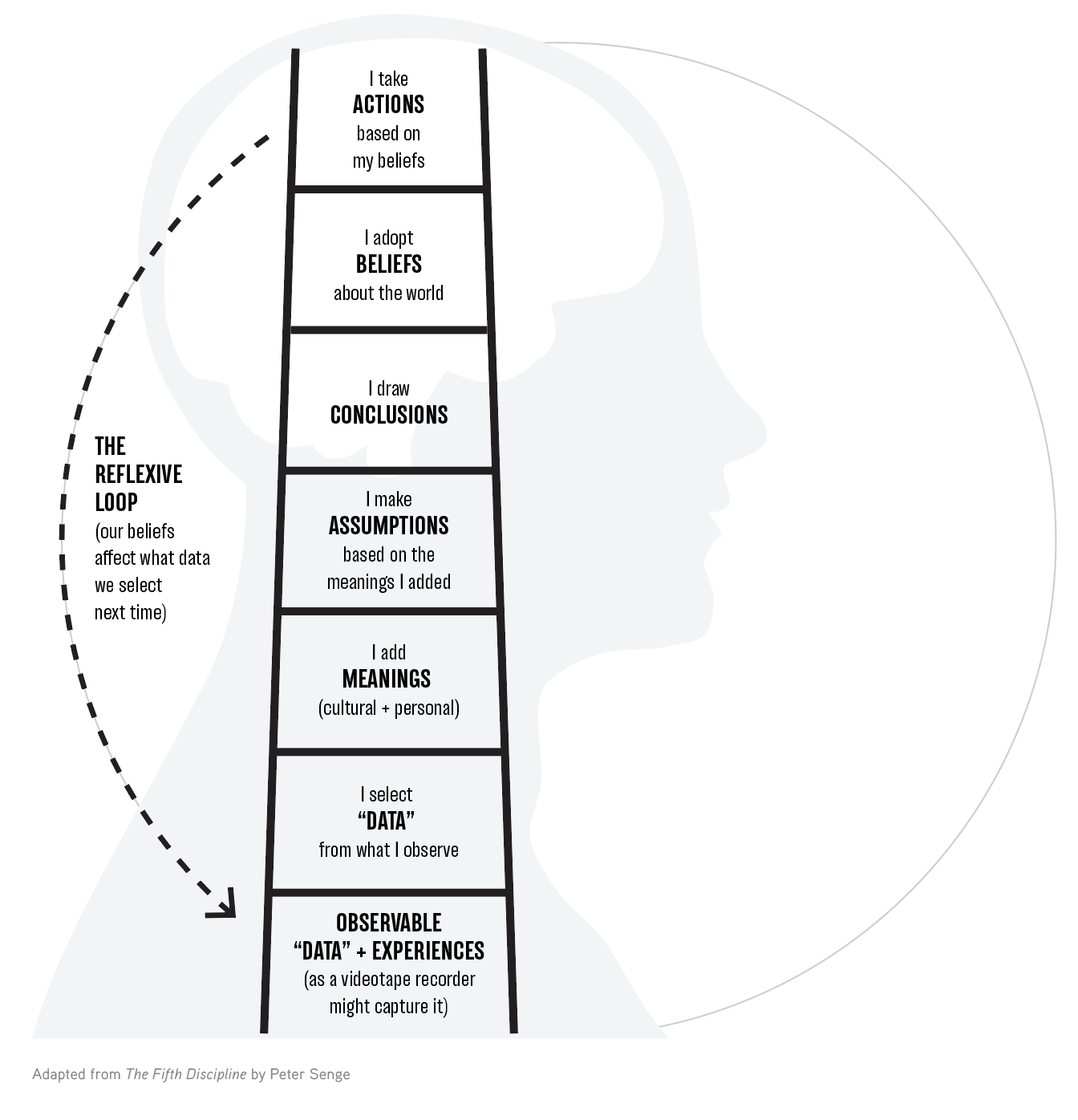What Can We Do to Reduce Our Own Biases?
Imagine the scenario outlined below. Please note this scenario and the characters described have been created as a learning tool for reflection and analysis as part of this E-learning course. It is not intended to reflect any actual persons, living or dead, and any resemblance to any actual persons or situations is purely coincidental.
SCENARIO: Running late
Imagine you have a new employee joining you on their first day at work. You and your colleagues notice they seem to be running late for your scheduled meeting. When they do arrive 10 minutes after the meeting was due to commence, you notice their don’t appear to have done their hair and their clothing seems wrinkled and untidy.
Have a go at responding to the reflective prompt questions below. We encourage you to write down your responses (or record in another method of your choice). Writing or recording your experience can help to clarify and consolidate your thoughts and feelings.
- From your observations, what assumptions might you make about the person?
- What are some potential problems with making those assumptions?
- How might this initial assumption influence your attitude toward that person, or how you interact or communicate with them?
Most of us believe we are fair, ethical and unbiased in our thoughts and actions towards others. In reality, we all hold preconceived ideas about others, based on the information or experiences we have been exposed to. Acknowledging that we all hold unconscious biases is the first step in addressing it.
Take a look at The Ladder of Inference diagram below. The Ladder of Inference is an established framework for understanding how people make decisions (Argyris, C. (1990). Overcoming organizational defenses: Facilitating organizational learning. Boston: Allyn and Bacon.).
This model is relevant in all aspects of life, including in the workplace.
Image description: A ladder is depicted over a silhouette of a brain, or a person’s mind. Starting at the bottom of the ladder, each rung moving up the ladder features different key words and statements, representing the different stages people go through when they consider things and make decisions. The lowest rung of the ladder represents observable data and experiences as a videotape recorder might capture it. The rung above that reads “I select data from what I observe”. The rung above that reads “I add meanings, cultural and personal”. The rung above that reads “I make assumptions based on the meanings I added”. The rung above that reads “I draw conclusions”. The rung above that reads “I adopt beliefs about the world”. The final rung above that at the top of the ladder reads “I take actions based on my beliefs”. An arrow then flows from the top of the ladder back down to the very bottom of the ladder to represent the reflexive nature of this process, accompanied by the statement “our beliefs affect what data we select next time”.
Image Source: North Carolina State University (adapted from The Fifth Discipline by Peter Senge)
When we form any given perspectives, we generally like to feel a certain level of confidence in our reasoning or justification. However, the speed and manner with which we observe, interpret, and analyse information in the workplace on a daily basis and then make decisions is often rapid and habitual. As a result, we may not consciously devote enough time or reflection to understanding what may be influencing us at every step of the decision-making process.
People have a tendency to develop and repeat particular patterns of behaviour, or habits of mind, which can be problematic if we are acting out of bias in some way. We can learn to pause and question our own thoughts and behaviours however, as a means to identify any potential bias that could be influencing how we create meaning and act on certain decisions.
Consider the following tips:
- Try to determine which stage or “rung” of the ladder you are at in your decision making process.
- Then consider each stage or “rung” independently.
- Ask yourself if there might be ways to expand your pool of available or observable data (for example, consider if any data is being ignored, overlooked or unfairly selected).
- Ask yourself what alternative meanings there might be for information you are interpreting. Try to consider different perspectives.
- Try to describe any assumptions you may be forming. Having a clearer picture of your assumptions can then help you to assess or debunk them. This includes any stereotypes you may be deferring to.
- Consider why you have come to a particular conclusion, and if that conclusion is sound or flawed.
- Ask yourself what beliefs you hold that lead you to want to make a given decision. Consider if those beliefs are sound or flawed.
- Ask yourself why you have taken a particular course of action, and what other alternatives there are to consider.
By developing and practicing critical thinking skills, we can work to reduce our own biases.

